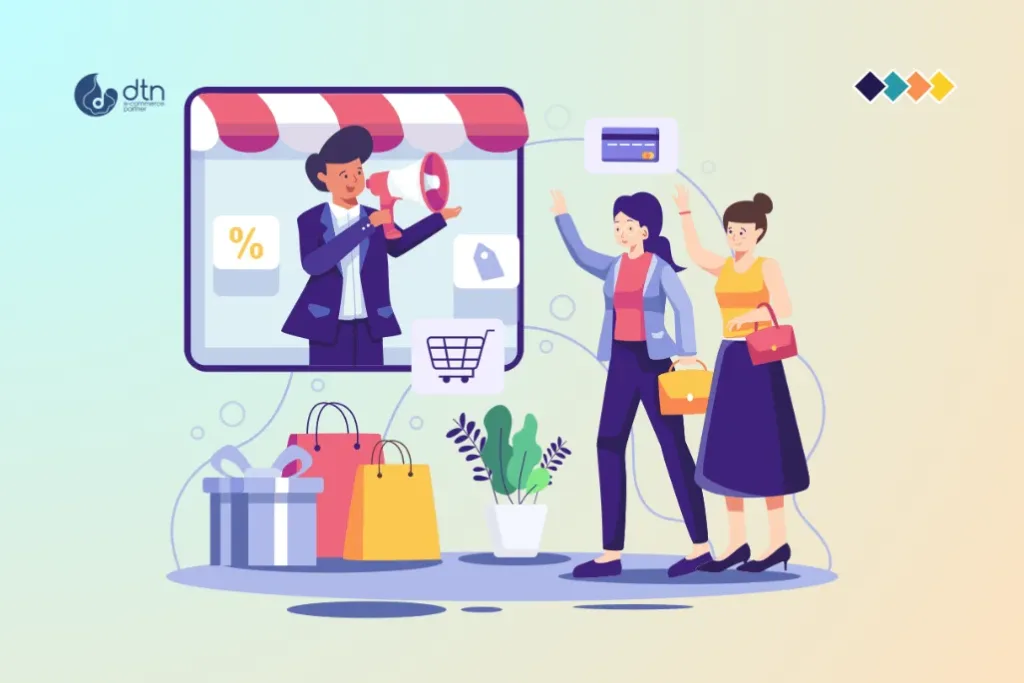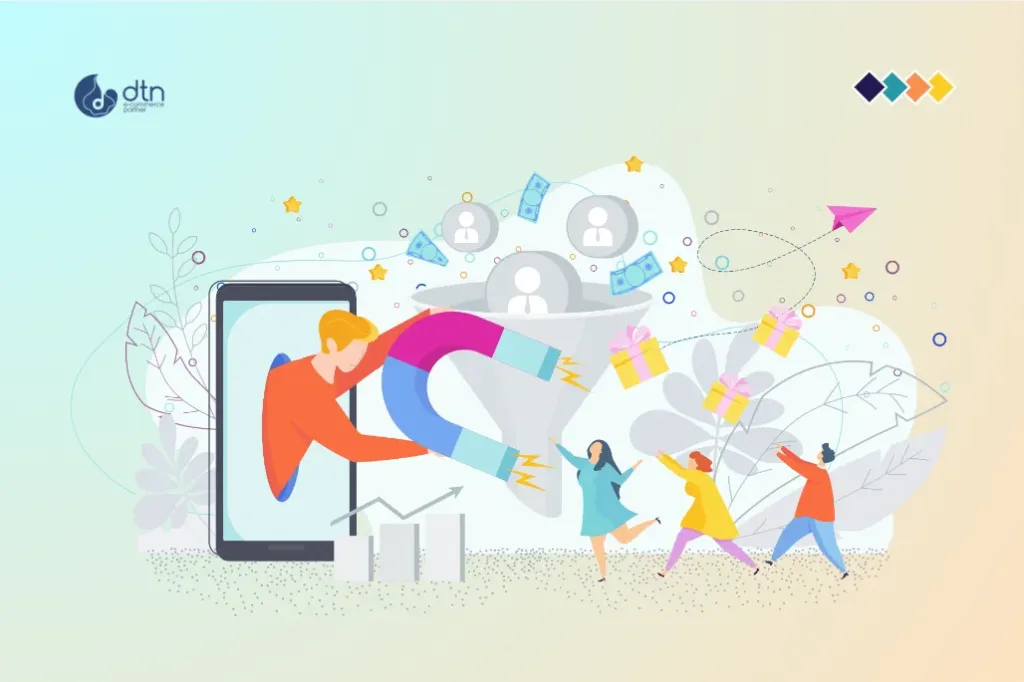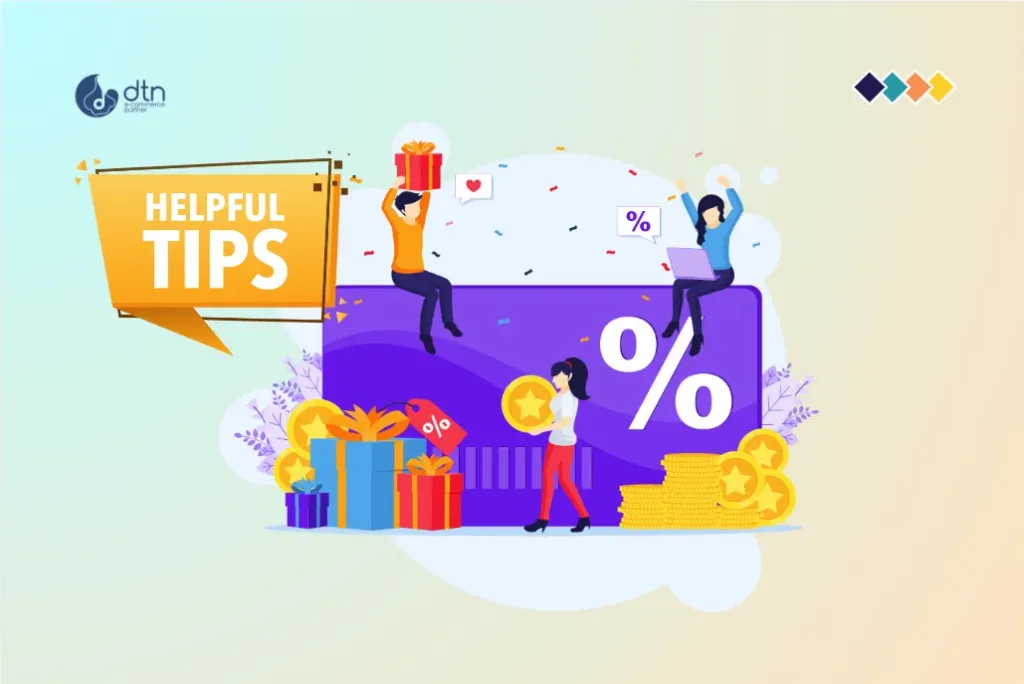In today’s digital landscape, it’s not enough to just have a well-stocked online store. To truly thrive, e-commerce businesses need to go beyond the basics and engage their customers in meaningful ways. One powerful tool that can help achieve this is gamification.
Gamification, in essence, involves incorporating game mechanics and principles into non-game contexts. It leverages our natural desire for challenges, rewards, and competition to motivate and engage users, ultimately driving desired behaviors. In the world of e-commerce, this translates to increasing user engagement, driving sales, and building brand loyalty.
Table of Contents
Why Should You Gamify Your E-commerce?
The benefits of implementing gamification strategies in your e-commerce business are numerous:
- Increased User Engagement: By adding an element of fun and challenge, gamification encourages users to spend more time on your website, interact with your brand, and explore your products.
- Improved Customer Loyalty: Gamified experiences foster a sense of community and reward loyal customers, encouraging them to return for more.
- Boosted Sales: Gamification techniques can effectively incentivize purchases, drive impulse buys, and promote specific products or services.
- Enhanced Brand Awareness: Engaging games and activities can help raise brand awareness and generate positive word-of-mouth marketing.
- Valuable Data Insights: Tracking user interactions within gamified experiences can provide valuable data on customer preferences, behaviors, and motivations.

Effective Gamification Strategies for Your E-commerce Store
Now, let’s dive into some specific gamification strategies you can implement to boost engagement on your e-commerce platform:
1. Points and Rewards Systems
- Loyalty Programs: Award points for every purchase, engagement with social media, or completion of specific tasks, which can be redeemed for discounts, free products, or exclusive access.
- Leveling Up: Assign users different levels based on points earned, with each level unlocking new rewards and privileges.
- Referral Programs: Encourage users to refer their friends and family to your store with incentives like points or discounts for both parties.
- Contests and Giveaways: Host contests and giveaways where users can earn points or qualify for prizes by completing specific tasks or answering trivia questions.
2. Challenges and Missions
- Product Discovery Missions: Create challenges that encourage users to explore different product categories, find specific items, or discover hidden features.
- Purchase Goals: Set achievable goals for users to reach a certain spending amount or purchase a specific number of items, rewarding them with exclusive discounts or bonuses.
- Daily or Weekly Challenges: Introduce regular challenges with limited-time offers or exclusive rewards, keeping users engaged and coming back for more.
3. Leaderboards and Social Competition
- Ranking Systems: Display leaderboards showcasing the top performers based on points earned, purchase frequency, or other metrics, encouraging healthy competition among users.
- Social Sharing: Allow users to share their achievements and progress on social media, promoting brand visibility and encouraging others to participate.
4. Interactive Content and Storytelling
- Quizzes and Personality Tests: Engage users with fun and interactive quizzes that reveal their personality traits or product preferences.
- Virtual Shopping Assistants: Create a playful virtual assistant that guides users through the store, offers personalized recommendations, and provides interactive product demonstrations.
5. Augmented Reality and Virtual Reality Experiences
- Virtual Try-Ons: Allow users to virtually try on clothes or test out products in an immersive virtual reality environment.
- Interactive Product Demonstrations: Create AR experiences that allow users to interact with products in real-time, enhancing product discovery and engagement.

Tips for Successful Gamification
- Define Clear Objectives: Determine your goals for gamification, whether it’s increasing website traffic, boosting sales, or fostering brand loyalty.
- Know Your Audience: Understand your target demographic and tailor your gamified experiences to their interests and preferences.
- Keep It Simple and Fun: Avoid overly complicated mechanics or rules that might confuse or frustrate users.
- Offer Real Value: Ensure that the rewards and incentives offered through your gamified experiences are actually desirable and valuable to your customers.
- Track and Analyze Data: Monitor user engagement and performance to identify what works and what doesn’t, constantly refining your strategies for optimal results.

Conclusion
Gamification is a powerful tool for e-commerce businesses looking to boost engagement, drive sales, and build lasting customer relationships. By incorporating elements of fun and challenge into your online store, you can transform the traditional shopping experience into a more interactive and rewarding one for your customers. Remember to approach gamification with a strategic mindset, focusing on clear objectives, targeted audience engagement, and continual optimization.
Frequently Asked Questions
We’ve compiled a list of answers to common questions.
How does gamification enhance user engagement in e-commerce?
Gamification adds an element of fun and challenge, encouraging users to spend more time on your website, interact with your brand, and explore your products.
What are the benefits of implementing gamification strategies in an e-commerce business?
Benefits include increased user engagement, improved customer loyalty, boosted sales, enhanced brand awareness, and valuable data insights on customer preferences and behaviors.
What are some effective gamification strategies for e-commerce platforms?
Strategies include points and rewards systems, challenges and missions, leaderboards and social competition, interactive content and storytelling, and augmented reality (AR) and virtual reality (VR) experiences.
How can e-commerce businesses use points and rewards systems to engage customers?
Businesses can create loyalty programs, leveling up systems, referral programs, and contests or giveaways to reward users for purchases, social media engagement, referrals, and completing specific tasks.
What tips can ensure the successful implementation of gamification in e-commerce?
To implement gamification successfully, businesses should define clear objectives, understand their target audience, keep mechanics simple and fun, offer valuable rewards, and continually track and analyze data to refine strategies.



